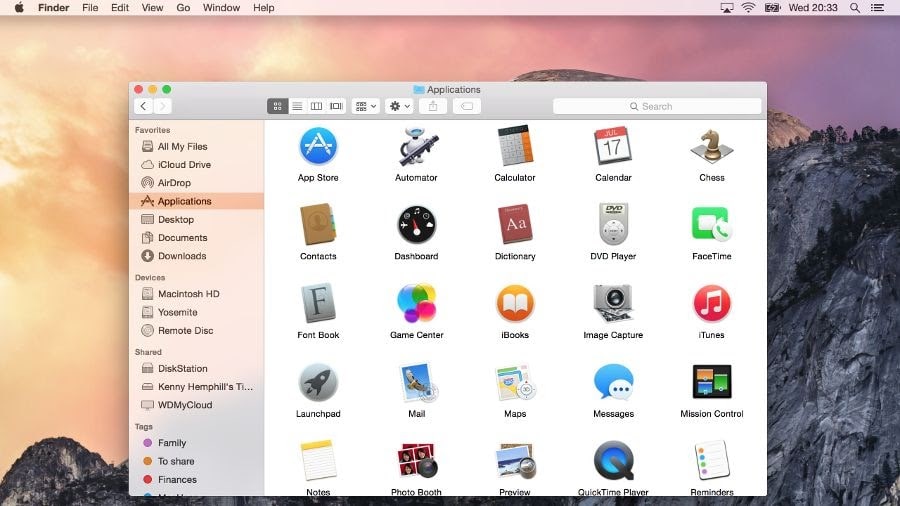
Say hello to macOS 10.13 High Sierra, the new operating system for Mac desktops and notebooks that brings some impressive under-the-hood refinements. But to help you do it all by yourself, we’ve gathered our best ideas and solutions below.įeatures described in this article refer to the MacPaw site version of CleanMyMac X. OldFoss hosts the current Audacity version and all previous versions from 2.1.2 onwards.So here’s a tip for you: Download CleanMyMac to quickly solve some of the issues mentioned in this article.FFmpeg import/export library – Allows Audacity to import and export many additional audio formats such as AC3, AMR(NB), M4A and WMA, and to import audio from video files.Ħ4-bit version required for Audacity 2.3.1 and above.


Plugins – Download additional effects and filters.Optional Downloads Plug-ins and Libraries To clean up the duplicates please see: Installing and updating Audacity on Mac.īefore deleting the Audacity folder from a previous installation, remember to move any optional plug-ins you added to its plug-ins folder to the new Audacity Plug-Ins folder at ~/Library/Application Support/audacity/Plug-Ins. You may also see non-working duplicates of other previously shipped plug-ins. Plugins: If you still have an “Audacity” installation folder for a version before 3.2.0, you will see working duplicates of Audacity’s shipped Nyquist plug-ins in the Generate, Effect or Analyze Menu. Eject the DMG at bottom left of Finder, then launch Audacity.app from /Applications or from your chosen location.Do not double-click the “Audacity” icon in the DMG to launch Audacity from there.Alternatively, drag the “Audacity.app” icon to any other location of your choosing. Drag the “Audacity.app” icon in the DMG window to the /Applications folder icon on the right.Double-click the downloaded DMG to mount it.

If you use the optional FFmpeg library you will need to download the appropriate version of it.


 0 kommentar(er)
0 kommentar(er)
